Food Waste Statistics And Facts (2025)

Updated · Aug 20, 2025

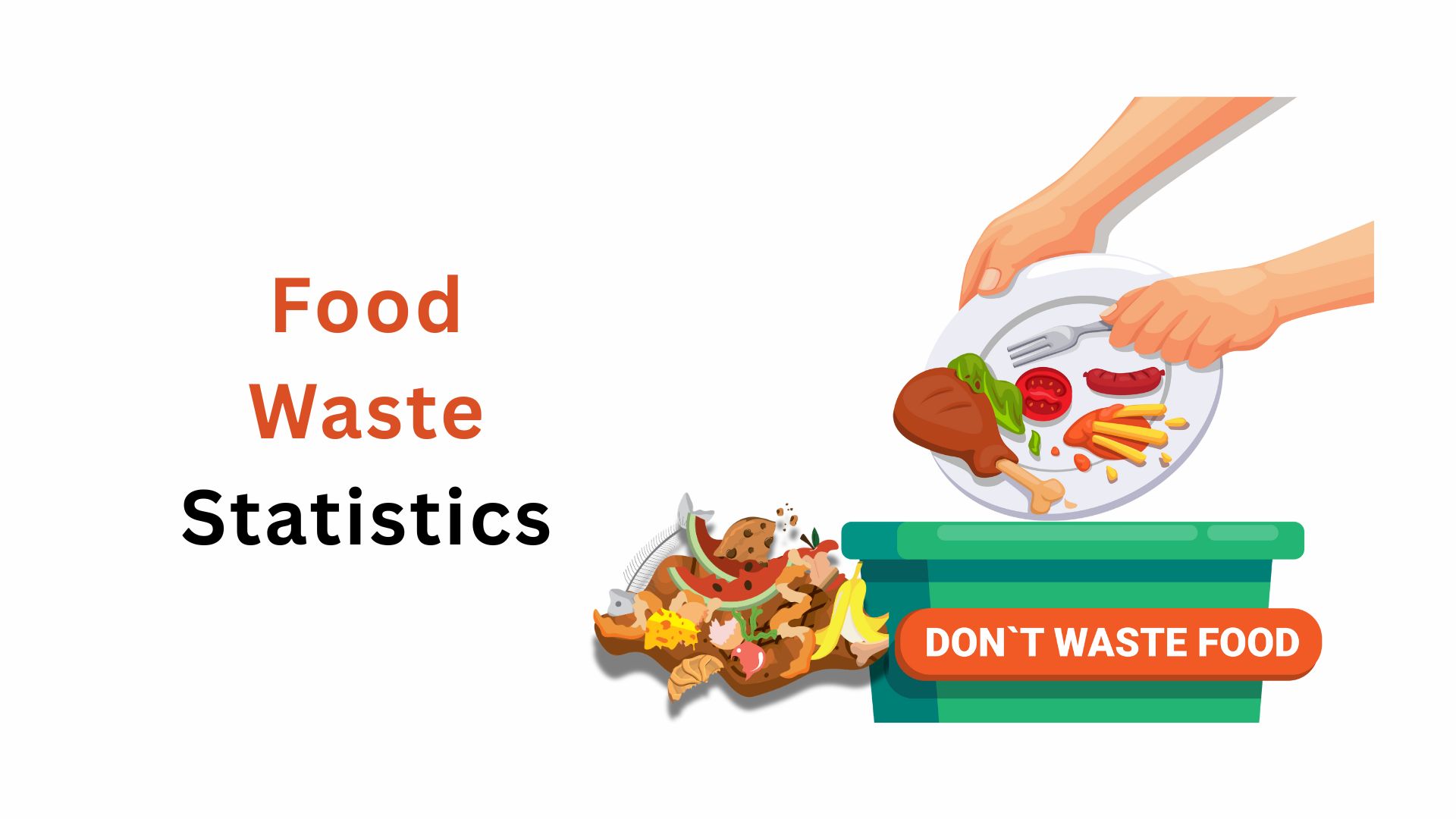
WHAT WE HAVE ON THIS PAGE
Introduction
Food Waste Statistics: When we talk about food, most of us think about meals, nutrition, and the joy of eating. But rarely do we stop to consider how much of this food never even reaches a plate. Food waste is a problem that affects every corner of the world, from homes and restaurants to farms and supermarkets.
According to the latest food waste statistics available online, the world wastes around 1.05 billion tonnes of food every year, which is nearly one-fifth of all the food produced for human consumption.
Now, imagine the scale of this loss. Every day, 1 billion meals are thrown away, water that could have nourished crops is wasted, and greenhouse gas emissions increase because discarded food ends up rotting in landfills. This isn’t just an environmental issue anymore; it’s an economic drain, a social problem, and an ethical challenge.
Recently, reports say, countries spend billions of dollars producing food that never gets eaten, while millions of people around the world remain hungry. In this article, I’ll walk you through the latest food waste statistics, breaking down region by region, exploring which sectors contribute the most, and highlighting the economic, environmental, and social impacts.
We’ll also look at strategies that are working to reduce waste and what the future might hold if we take action. By the end of this, you’ll have a clear picture of just how serious the food waste problem is and why it matters to all of us. Let’s get into it.
Editor’s Choice
- Around 05 billion tonnes of food are wasted every year, which is about 19% of all food produced for human consumption globally. This results in a staggering $1 trillion economic loss annually.
- Every day, approximately 1 billion meals are discarded, highlighting the massive scale of food waste that occurs at the consumer level worldwide.
- Food waste contributes to 8-10% of global greenhouse gas emissions, wastes 24% of agricultural water, and occupies land that could be used for essential crops or environmental conservation.
- In North America, the United States wastes 60 million tonnes annually, while Canada discards 2 million tonnes. Europe wastes around 58 million tonnes, with UK households responsible for 6.6 million tonnes.
- Asia leads in total food waste, with China at 108.7 million tonnes, India at 78.1 million tonnes, and Pakistan at 31 million tonnes, averaging 122 kg per person per year.
- Households account for 61% of global food waste, food service 26%, and retail 13%, showing that consumer habits play a significant role in the problem.
- The global cost of food waste reaches $1 trillion annually, with the US losing $161 billion and the EU losing €132 billion, reflecting a massive drain on economic resources.
- Despite this surplus, around 783 million people remain undernourished, and 33% of the global population faces food insecurity, emphasizing the ethical and social dimensions of food waste.
- Solutions include consumer awareness programs, better storage and transport infrastructure, food recovery initiatives, and policy measures that encourage donations and penalize excessive waste.
- The UN’s SDG 12.3 aims to halve global food waste by 2030. Emerging technologies in food preservation and international collaboration are expected to play a crucial role in addressing this crisis.
- Food waste is not just an environmental or economic issue; it is a social, ethical, and global challenge. Reducing waste requires collective efforts from households, businesses, and governments to create a sustainable food system.
| Category | Statistic / Fact |
| Global Food Waste |
1.05 billion tonnes annually (19% of food available to consumers) |
|
Daily Waste |
1 billion meals discarded |
| Water Wasted |
24% of agricultural water |
|
Greenhouse Gas Emissions |
8 to 10% of global emissions |
| Households Contribution |
61% of global food waste |
|
Food Service Contribution |
26% |
| Retail Contribution |
13% |
|
Economic Loss |
$1 trillion globally, US$161B, EU€132B |
| Hunger |
783 million undernourished |
|
Food Insecurity |
33% of the global population |
| UN SDG 12.3 Target |
Halve global food waste by 2030 |
Global Overview of Food Waste
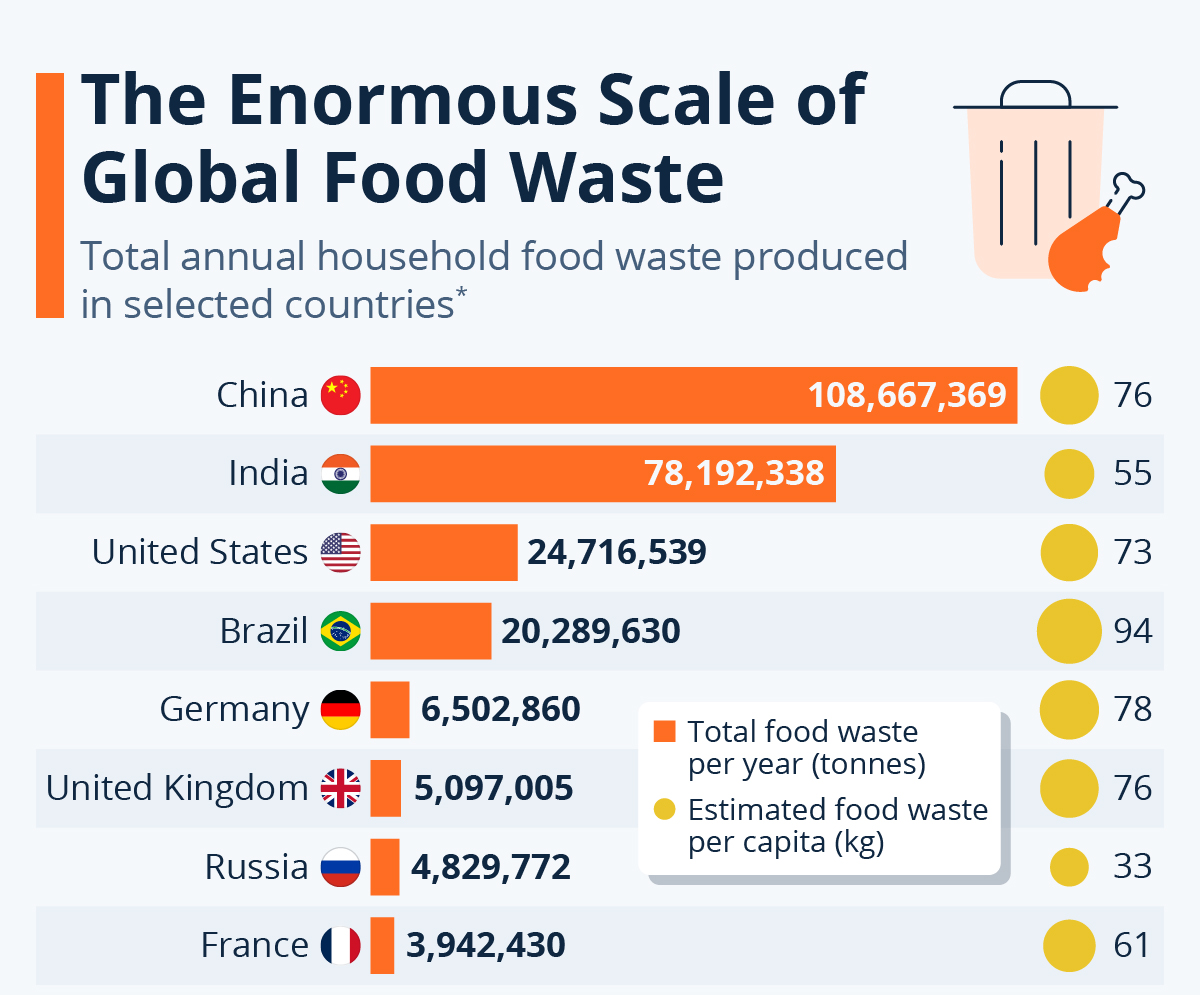
- Approximately 1.05 billion tonnes of food are wasted each year, valued at around $1 trillion.
- This amounts to about 19% of all food available to consumers globally.
- Globally, 1 billion meals are discarded every day.
- Around 24% of all water used in agriculture is ultimately wasted due to discarded food.
- Food waste contributes to 8 to 10% of annual global greenhouse gas emissions.
| Aspect | Statistic/Fact |
| Global Food Waste | 1.05 billion tonnes annually (19% of food available to consumers) |
| Daily Food Waste | 1 billion meals are discarded daily |
| Water Wasted | 24% of agricultural water used is wasted through food waste |
| Greenhouse Gas Emissions | 8 to 10% of global emissions from food waste |
Food Waste by Region
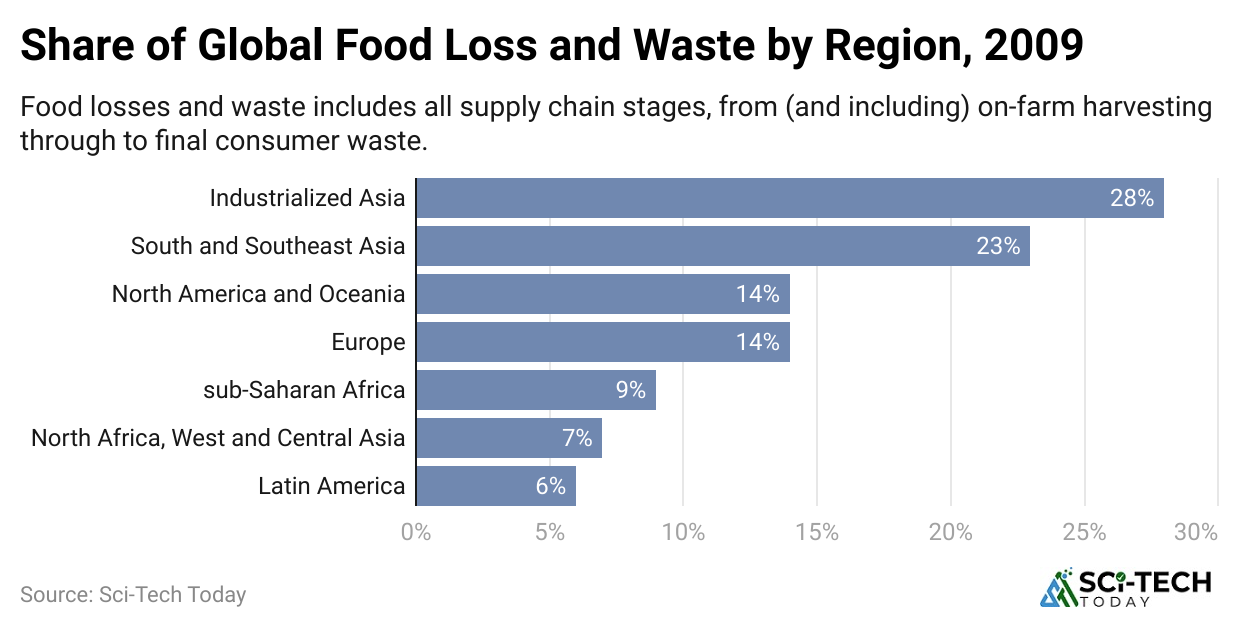
#1. North America
- United States: Approximately 60 million tonnes of food are wasted annually, equating to about 40% of the total food supply.
- Canada: Canadians waste about 2.2 million tonnes of food per year, with households accounting for 47% of this waste.
#2. Europe
- European Union: Around 58 million tonnes of food are wasted annually, valued at approximately €132 billion.
- United Kingdom: Households in the UK waste about 6.6 million tonnes of food each year, with 70% of this being avoidable.
#3. Asia
- China: Approximately 108.7 million tonnes of food are wasted annually.
- India: Around 78.1 million tonnes of food are discarded each year.
- Pakistan: Nearly 31 million tonnes of food are wasted annually, with a per capita waste of 122 kg.
| Region | Country | Annual Food Waste (Million Tonnes) | Per Capita Waste (kg) |
| North America | United States | 60 | N/A |
| Canada | 2.2 | N/A | |
| Europe | European Union | 58 | N/A |
| United Kingdom | 6.6 | N/A | |
| Asia | China | 108.7 | N/A |
| India | 78.1 | N/A | |
| Pakistan | 31 | 122 |
Food Waste by Sector
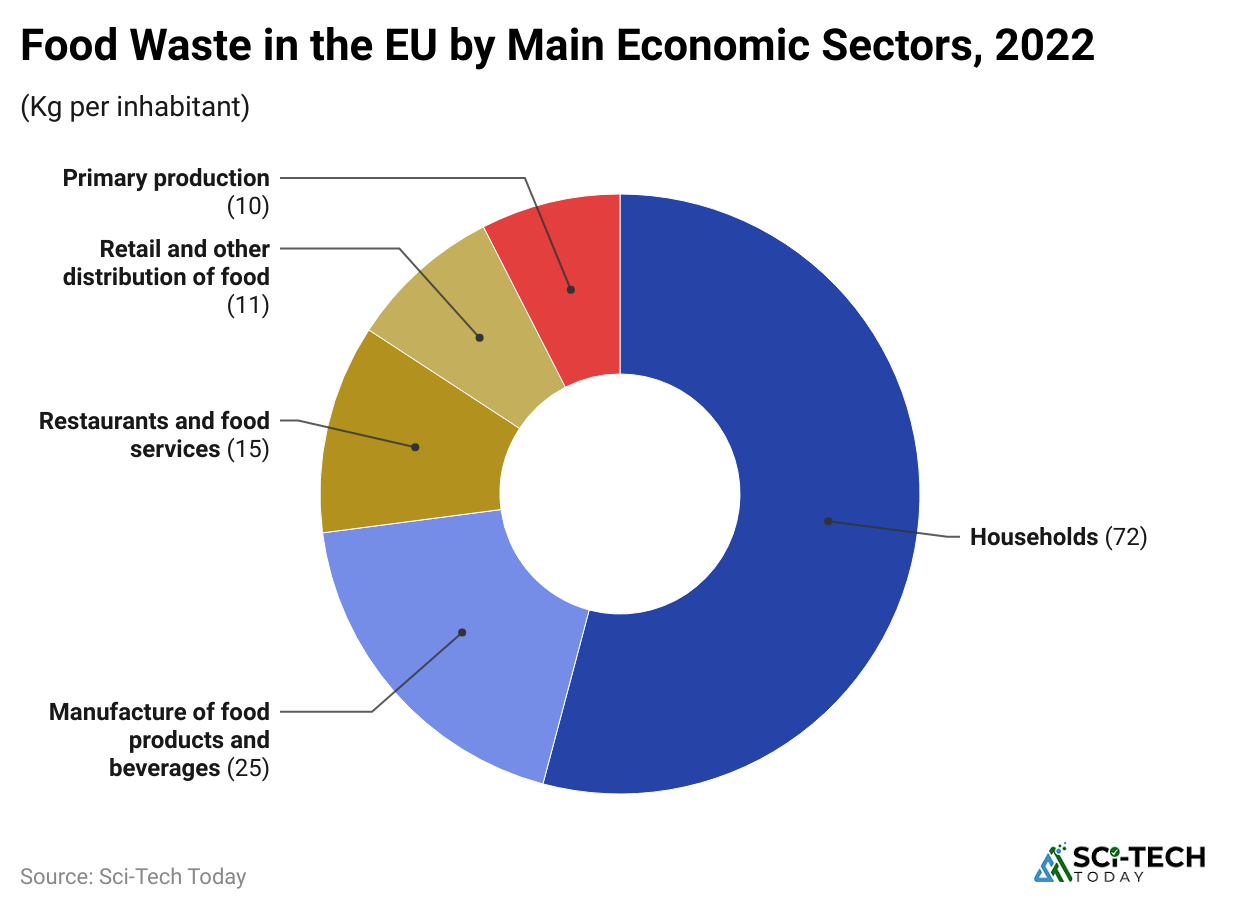
- Households account for 61% of global food waste.
- Food service is responsible for 26% of food waste.
- Retail contributes to 13% of food waste.
| Sector | Percentage of Global Food Waste |
| Households | 61% |
| Food Service | 26% |
| Retail | 13% |
Economic Impact
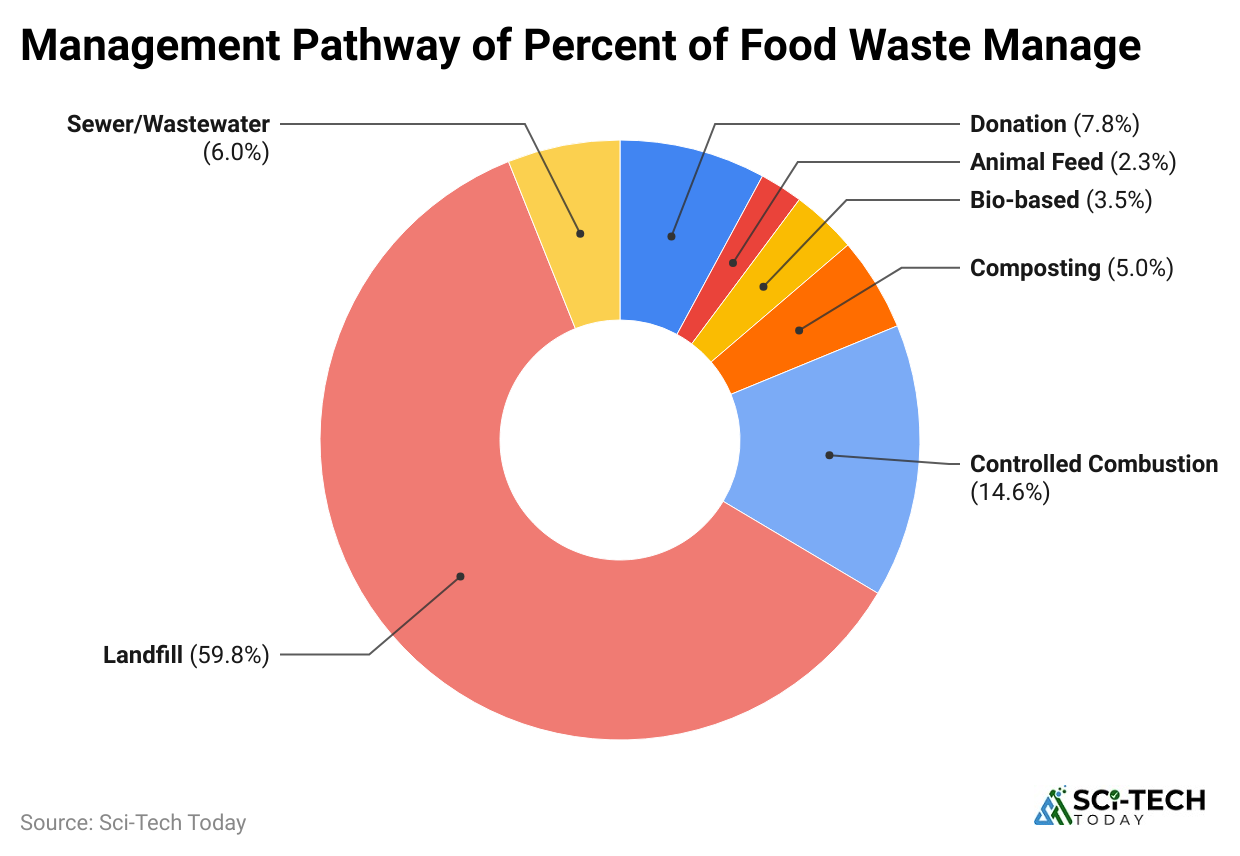
- Global Cost: Food waste costs the global economy approximately $1 trillion annually.
- United States: The economic loss due to food waste is estimated at $161 billion annually.
- European Union: Food waste in the EU amounts to about €132 billion each year.
| Region | Economic Loss Due to Food Waste |
| Global | $1 trillion |
| United States | $161 billion |
| European Union | €132 billion |
Environmental Impact

- Greenhouse Gas Emissions: Food waste contributes to 8 to 10% of global greenhouse gas emissions.
- Water Waste: Approximately 24% of all water used in agriculture is wasted due to food being discarded.
- Land Use: Land used to produce food that is ultimately wasted could be repurposed for other essential needs.
| Environmental Impact | Statistic/Fact |
| Greenhouse Gas Emissions | 8 to 10% of global emissions |
| Water Waste | 24% of agricultural water is wasted |
| Land Use | Wasted food occupies valuable land |
Social Impact
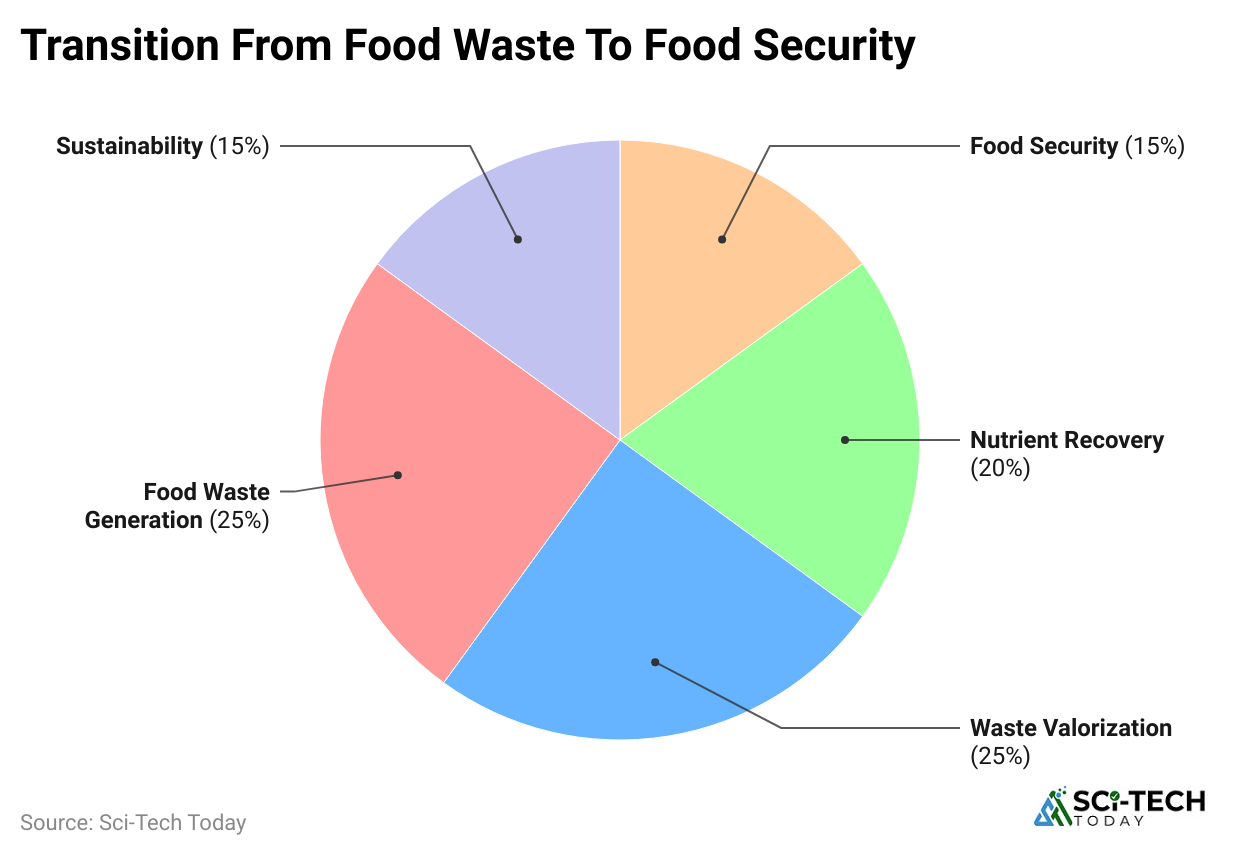
- Hunger: Despite the vast amounts of food wasted, about 783 million people remain undernourished globally.
- Food Insecurity: Approximately 33% of the global population faces some form of food insecurity.
| Social Impact | Statistic/Fact |
| Hunger | 783 million people are undernourished |
| Food Insecurity | 33% of the global population is affected |
Strategies to Reduce Food Waste
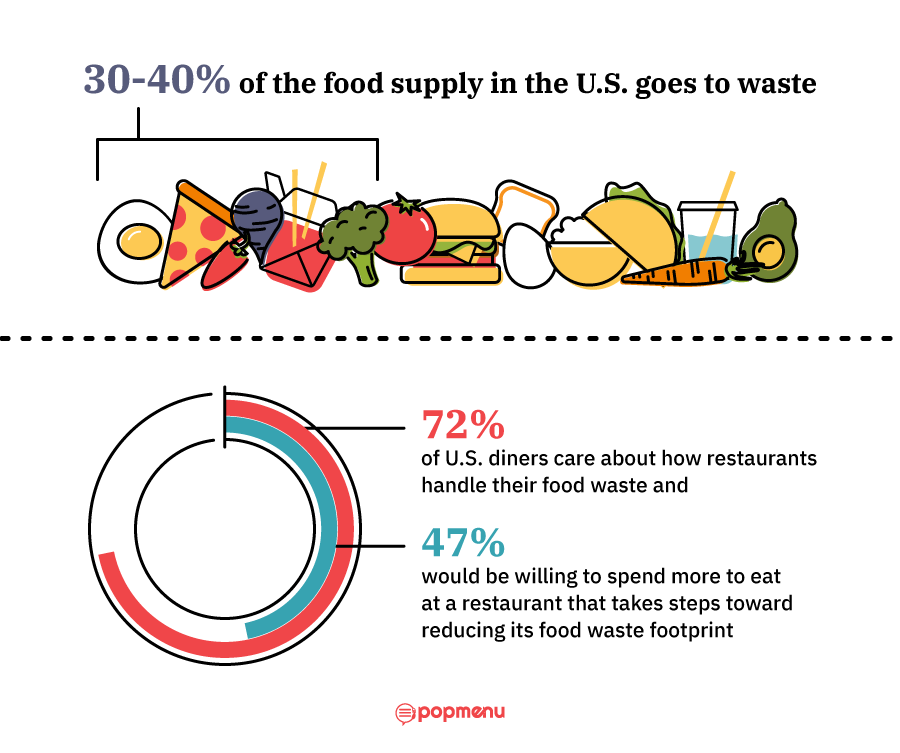
- Consumer Awareness: Educating consumers about portion sizes and expiration dates can significantly reduce household waste.
- Improved Storage: Enhancing storage facilities and transportation can minimize losses in the supply chain.
- Food Recovery Programs: Implementing programs to redistribute surplus food to those in need can alleviate hunger and reduce waste.
- Policy Implementation: Governments can enact policies to encourage food donation and penalize wasteful practices.
| Strategy | Description |
| Consumer Awareness | Educating on portion sizes and expiration dates |
| Improved Storage | Enhancing facilities and transportation to reduce losses |
| Food Recovery Programs | Redistributing surplus food to those in need |
| Policy Implementation | Enacting policies to encourage donation and penalize waste |
Future Outlook
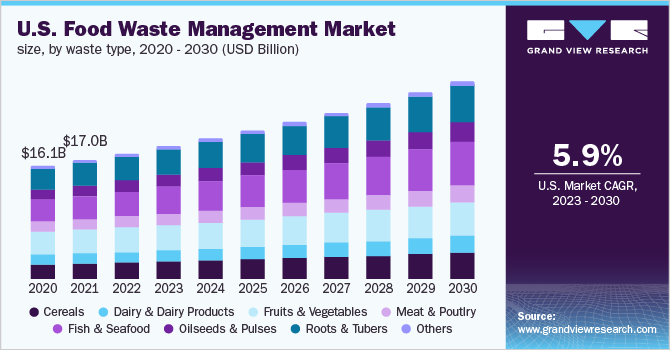
- SDG Target 12.3: The United Nations aims to halve global food waste by 2030.
- Technological Innovations: Advancements in food preservation and waste tracking technologies hold promise for reducing waste.
- Global Cooperation: International collaboration and knowledge sharing are essential to address the food waste crisis effectively.
| Future Outlook | Description |
| SDG Target 12.3 | Halve global food waste by 2030 |
| Technological Innovations | Advancements in preservation and tracking technologies |
| Global Cooperation | International collaboration and knowledge sharing |
Conclusion
So, overall, looking at the numbers, it’s hard to ignore the scale of the problem. These food waste statistics show us that over 1 billion tonnes of food are wasted every year, costing the world trillions of dollars, contributing significantly to greenhouse gas emissions, and wasting precious water and land resources. At the same time, millions of people remain undernourished or food insecure, which makes the issue not just an environmental or economic challenge, but a deeply social and ethical one.
The good news is that solutions exist, and every small action counts. From households being more mindful about portions to businesses improving storage and transportation, and governments creating policies that encourage food donation, we can all play a role in reducing food waste. The UN’s SDG 12.3 goal of halving global food waste by 2030 is ambitious, but achievable if awareness, technology, and cooperation come together.
Reducing food waste isn’t just about saving money or resources; it’s about creating a fairer, more sustainable world where food nourishes those who need it rather than ending up in the trash. By understanding the food waste statistics and acting on them, we can all contribute to a change that matters, both for the planet and for people. I hope you guys like this article. If you have any questions or need any clarification, kindly let me know in the comments section.
FAQ.
Approximately 19% of all food produced for human consumption is wasted globally, equating to about 1.05 billion tonnes annually. This staggering amount underscores the inefficiencies in food production and consumption systems worldwide.
The United States leads in food waste, discarding nearly 60 million tonnes of food annually, which accounts for about 40% of its total food supply. This equates to approximately 325 pounds per person per year.
Key contributors to food waste include:
- Consumer behavior: Over-purchasing, improper storage, and misunderstanding expiration labels.
- Retail practices: Strict cosmetic standards leading to the rejection of imperfect produce.
- Supply chain inefficiencies: Poor logistics, inadequate infrastructure, and a lack of cold storage facilities.
- Food service operations: Over-preparation and large portion sizes.
Food waste significantly affects the environment by:
- Greenhouse gas emissions: Decomposing food in landfills emits methane, a potent greenhouse gas.
- Water wastage: A substantial amount of water is used to produce food that is ultimately discarded.
- Resource depletion: Land, energy, and labor resources are expended in growing food that is never consumed.
Globally, food waste results in an estimated economic loss of $940 billion annually. In the United States alone, the cost is approximately $161 billion.
On average, each person wastes about 79 kilograms (174 pounds) of food annually. This figure varies by country, with higher rates observed in developed nations due to consumer behavior and infrastructure.
Despite the vast quantities of food wasted, approximately 783 million people globally suffer from chronic hunger. This disparity highlights the ethical concerns surrounding food distribution and access.
Effective strategies include:
- Consumer education: Understanding expiration dates and proper food storage.
- Portion control: Preparing and serving appropriate amounts to minimize leftovers.
- Food recovery programs: Donating surplus food to those in need.
- Composting: Turning food scraps into nutrient-rich soil.
Businesses, particularly in the food service industry, contribute significantly to food waste. In 2023, food service operations were responsible for 20% of global food waste, with full-service restaurants being the largest contributors.
International efforts include:
- United Nations Sustainable Development Goal 12.3: Aiming to halve per capita global food waste at the retail and consumer levels by 2030.
- National strategies: Countries like the U.S. have set targets to reduce food waste by 50% by 2030.

Jeeva Shanmugam is passionate about turning raw numbers into real stories. With a knack for breaking down complex stats into simple, engaging insights, he helps readers see the world through the lens of data—without ever feeling overwhelmed. From trends that shape industries to everyday patterns we overlook, Jeeva’s writing bridges the gap between data and people. His mission? To prove that statistics aren’t just about numbers, they’re about understanding life a little better, one data point at a time.









